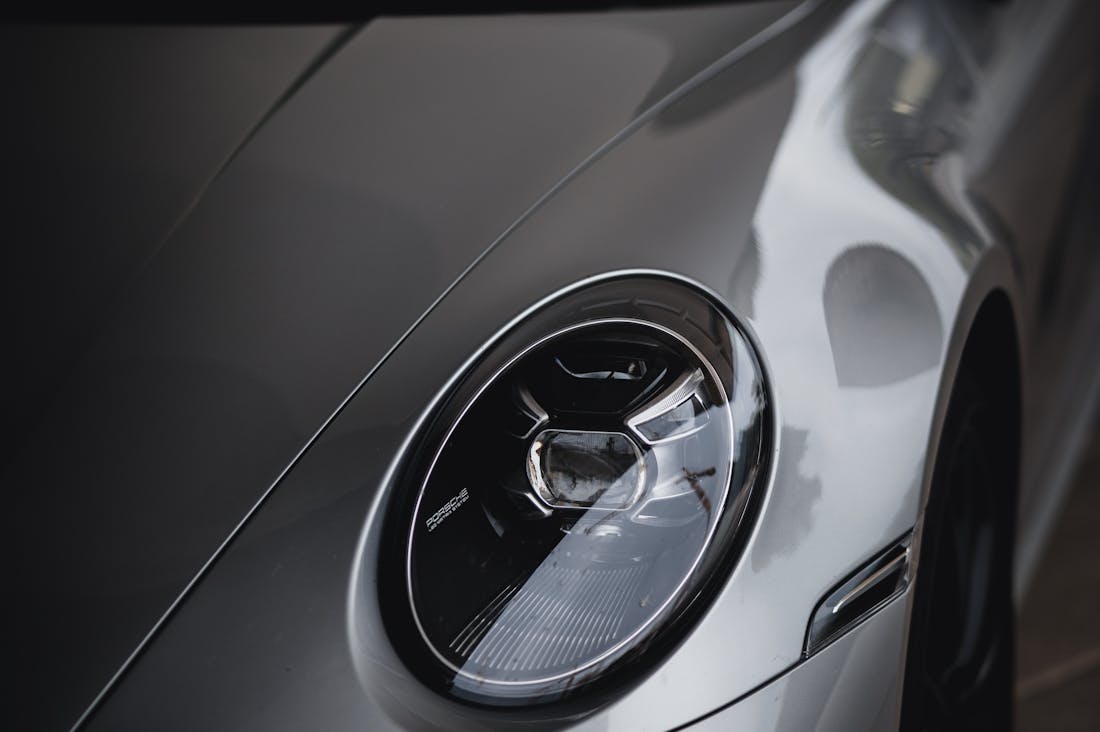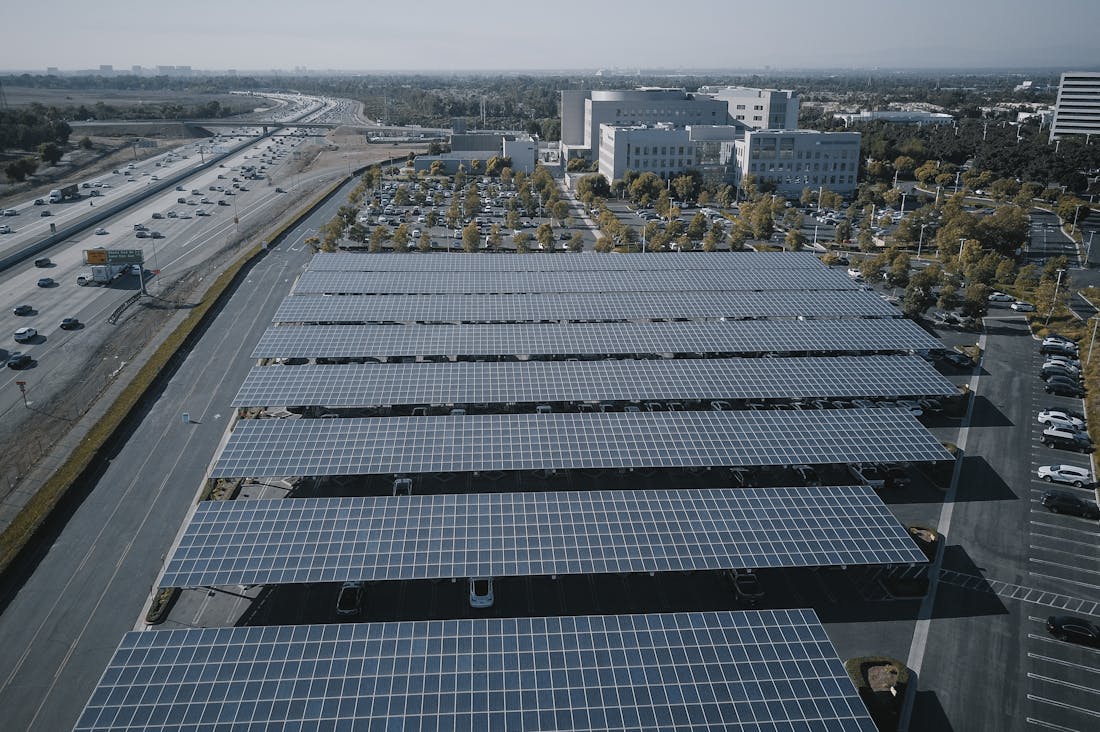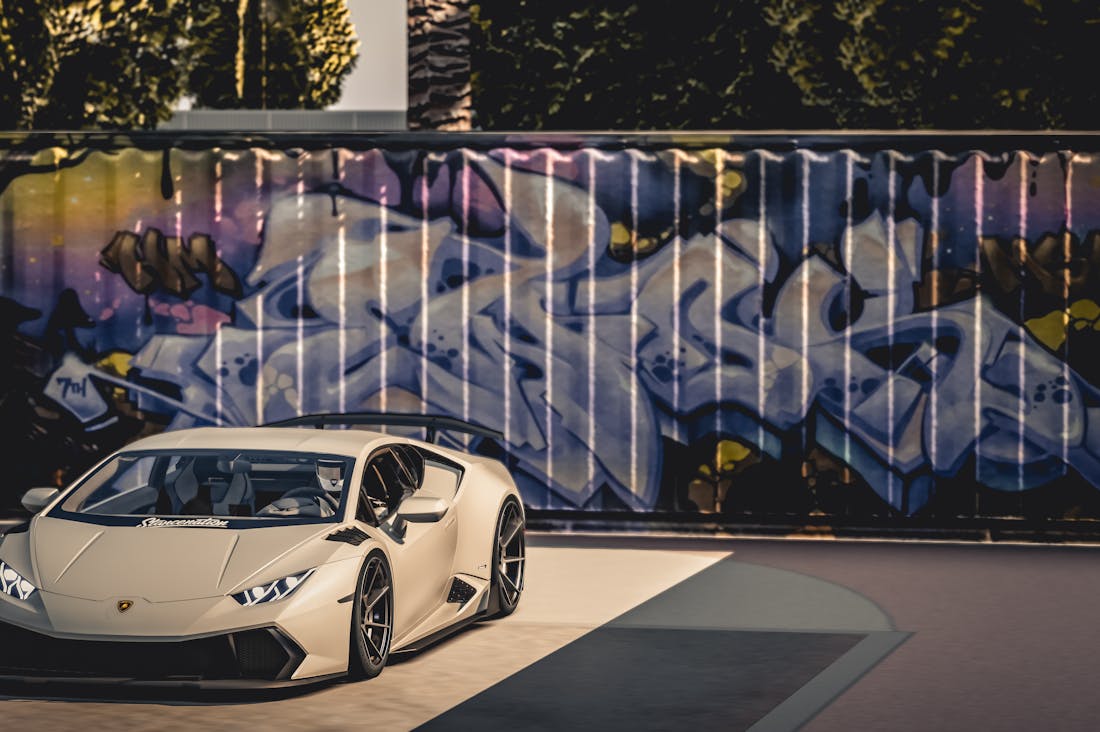The Evolution of Modern Automotive Design: Merging Style, Technology, and Performance explores the transformative journey of car design over the decades. From the sleek lines of classic muscle cars to the aerodynamic forms of electric vehicles, this narrative captures the fusion of aesthetic appeal, cutting-edge technology, and enhanced performance that defines today's automotive landscape. With a focus on sustainability and innovation, modern automotive design reflects societal shifts and consumer demands, showcasing how engineers and designers collaborate to create vehicles that are not only visually striking but also intelligent and efficient. This evolution underscores the dynamic interplay between artistry and engineering, paving the way for the future of mobility.

Aesthetic Innovations in Automotive Design
Aesthetic innovations in automotive design have significantly transformed the industry, blending functionality with artistic expression. Modern vehicles now feature sleek, aerodynamic shapes that enhance performance while capturing the eye. Designers are increasingly using advanced materials like carbon fiber and high-strength steel, allowing for unique silhouettes without compromising safety. Moreover, color palettes have expanded, with bold hues and matte finishes becoming increasingly popular, appealing to diverse consumer tastes. Interior design has also evolved, with minimalist layouts and high-quality materials creating an inviting atmosphere. This holistic approach not only focuses on visual appeal but also considers user experience, making contemporary automobiles as much works of art as modes of transportation.

Technological Advances Transforming Vehicles
Technological advances are revolutionizing the automotive industry, transforming vehicles into smart, connected, and highly efficient machines. Features like advanced driver-assistance systems (ADAS), electric drivetrains, and autonomous driving capabilities are reshaping the way we travel. For instance, vehicles equipped with sensors and cameras can now detect obstacles, monitor blind spots, and even park themselves, improving safety and convenience for drivers. Additionally, electric vehicles (EVs) are gaining traction, reducing our reliance on fossil fuels and lowering emissions. Beyond efficiency, integration with mobile technology allows for real-time updates, remote diagnostics, and over-the-air software updates, ensuring vehicles remain at the forefront of innovation. As these technologies continue to evolve, they promise to enhance mobility, sustainability, and overall driving experiences.

Performance Metrics of Modern Cars
Performance metrics of modern cars encompass a range of factors that collectively evaluate a vehicle's capabilities and efficiency. Key metrics include horsepower and torque, which indicate the engine's performance; acceleration statistics, typically measured from 0 to 60 mph, highlighting how quickly a car can reach higher speeds. Fuel efficiency, measured in miles per gallon (MPG), reflects a car's environmental impact and operational cost. Additionally, handling characteristics, such as grip and stability, are assessed through metrics like skid pad ratings and emergency braking distances. With advancements in technology, metrics also now include features like top speed, emissions ratings, and even infotainment responsiveness, providing a holistic view of a car’s overall performance in various driving conditions.
The Role of Sustainability in Modern Automotive Design
Sustainability has become a cornerstone of modern automotive design, reflecting an urgent need to address climate change and environmental degradation. Manufacturers are increasingly adopting eco-friendly practices, such as using recycled materials in vehicle production and implementing energy-efficient manufacturing processes. Many brands now prioritize the lifecycle of a vehicle, from sourcing raw materials to end-of-life recycling, ensuring that their products minimize environmental impact. Additionally, there is a growing trend toward designing vehicles that are energy-efficient, leveraging electric and hybrid technologies to reduce reliance on fossil fuels. This shift not only meets consumer demand for greener options but also positions companies as leaders in corporate responsibility.
The Impact of Consumer Preferences on Automotive Trends
Consumer preferences play a vital role in shaping automotive trends, influencing everything from vehicle design to technological features. With the rise of social media and digital platforms, consumers are more informed and vocal about their desires, leading manufacturers to innovate rapidly. For instance, the demand for SUVs and crossovers has surged, prompting brands to reevaluate their offerings and focus on larger, more versatile vehicles. Additionally, customization options have become increasingly important, allowing buyers to tailor aspects such as color, interior finishes, and technology packages to their personal tastes. This shift towards personalization reflects a broader trend where consumers seek vehicles that resonate with their lifestyles and values.
Safety Advances in Automotive Engineering
Safety advancements in automotive engineering are revolutionizing the industry, as manufacturers prioritize the well-being of drivers and passengers. Innovations such as automatic emergency braking, adaptive cruise control, and lane-keeping assist are becoming standard in many new models, significantly reducing the likelihood of accidents. Moreover, the integration of advanced materials, such as crumple zones and reinforced frames, enhances structural integrity during collisions. Additionally, the development of comprehensive airbag systems and pedestrian detection technologies contributes to a safer driving environment. As these safety features evolve, they not only protect occupants but also promote a culture of responsible driving and awareness on the roads.
The Future of Autonomous Vehicles and Their Design
The future of autonomous vehicles represents a significant shift in automotive design and functionality. As technology advances, the focus is increasingly on creating vehicles that can operate without human intervention, which requires a complete rethinking of traditional design principles. Autonomous vehicles prioritize spacious interiors and innovative layouts, often replacing the conventional driver seat with versatile seating arrangements. Moreover, the integration of artificial intelligence and machine learning enhances navigation and decision-making processes, allowing these vehicles to adapt to diverse environments. This transition not only redefines the user experience but also raises questions about urban planning and infrastructure, as cities may need to adapt to accommodate the changing nature of transportation.
AI-Assisted Content Disclaimer
This article was created with AI assistance and reviewed by a human for accuracy and clarity.